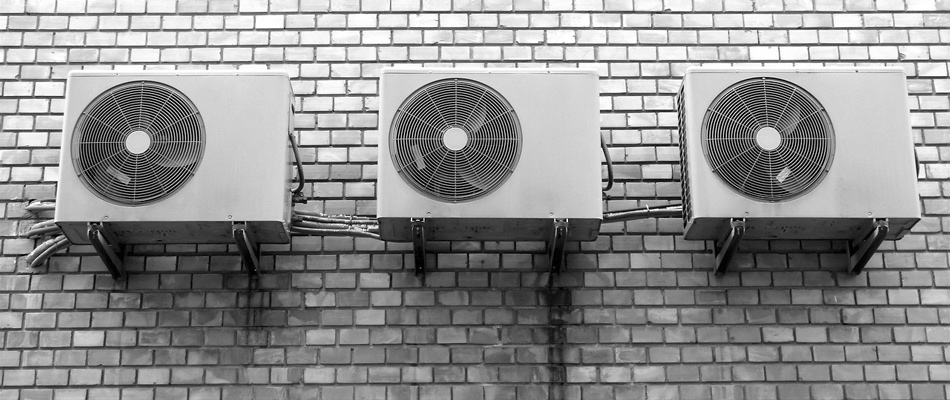With energy data reporting and analysis software, BuildPulse gives the tools for facility managers to know what is happening in their buildings. The team at BuildPulse are more than software developers – they also understand energy management. Their recent article series is called Auditing Building Comfort and it reviews approaches to improve the comfort for occupants using energy data analysis.
Here are the main lessons for school energy managers that we took away from BuildPulse’s latest article series.
Comfort
Schools are large facilities with teachers, students, staff, parents and guests coming and going throughout the day. For staff and students that are around most days, a survey about their comfort in the facility can offer insight into ideal temperature, humidity and airflow levels. BuildPulse outlines the first steps to improve occupant’s comfort through temperature monitoring and analysis.
To reduce energy costs, facility managers can improve insulation and install occupancy sensors.
The next step is to make use of a facility’s Building Automation System. Collect as much data as possible on a building’s indoor temperature and humidity. Compare the data for each room or zone with the other rooms or zones to isolate problem areas. For any anomalous regions, look into how occupants are using the space. Disparities in temperature may arise from difference in behaviors, such as running space heaters or closing the blinds.
Next, compare temperature data with the outdoor temperature. If they follow a similar pattern, that is an indicator of not enough airflow to that zone.
Check also for rapid changes in temperature, and be sure to replace or calibrate any sensors that do not report temperature changes.
Indoor Air Quality
Occupancy complaints offer the best insight into issues with indoor air quality. Combined with data for temperature, humidity, CO2 levels and HVAC operations, facility managers can isolate and investigate issues to improve air quality. The complete article covers improvements for air quality through data monitoring, analysis and feedback from occupants.
The first step for improved air quality is regular cleaning and preventative maintenance. A clean air duct means clean air.
Although excellent ventilation is a key to good air quality, excessive ventilation can be costly. Sealing ducts is a simple approach to reduce energy costs from ventilation, and more complex approaches (such as demand controlled ventilation) balance the need for ventilation with energy costs.
In the end, indoor air quality depends on air temperature, humidity and CO2 levels. Monitor and analyze these indices to better understand your facility’s air quality.
Laboratories
For secondary schools, proper ventilation in laboratories goes beyond occupant comfort. It is vital for the safety of students and teachers, in the laboratory and throughout the school. Read the entire article on Safety in Laboratory Spaces.
The main potential for energy waste in laboratories are chemical hoods. Occupancy sensors can control the operation of fume hoods to ensure they are on only when needed. Educating teachers and students on efficient use of chemical hoods also contribute to reduced energy consumption inside laboratories.
To monitor negative pressure in a laboratory, BuildPulse recommends air flow sensors for the fume hood exhaust, room exhaust and incoming air supply. Proper laboratory pressurization can be monitored to find potential cases of too much or not enough negative pressure.
